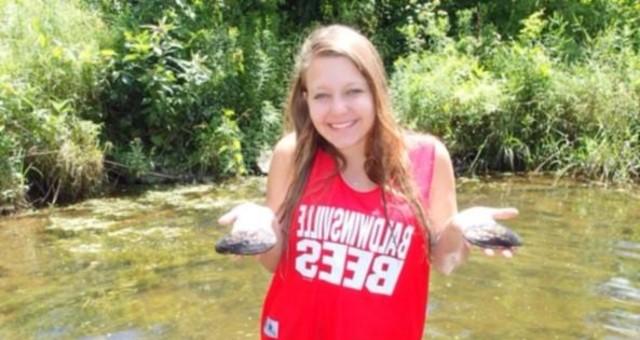May - August 2015
The host-parasite relationships of freshwater snails and their trematode parasites
I am studying the host-parasite relationship between freshwater snails (phylum Mollusca) and their trematode parasites. Trematodes are a type of flatworm (phylum Platyhelminthes) with an obligate parasitic relationship with animals. These parasites have a complex life cycle consisting of an egg, a series of larval stages, and an adult. Furthermore, trematodes must invade two or more animal hosts to complete their life cycle. Snails are typically the first host in a trematode's life cycle. Trematodes infect the gonad of snails where they use energy acquired from their host to produce additional larvae. These larvae may leave the snail to invade other animals in the surrounding ecosystem.
Since trematode larvae occupy the gonad of snails, some scientists think trematodes are capable of castrating their host. However, few investigations have compared uninfected and infected snail tissues with a microscope. Using such an approach, we may learn how parasites injure their hosts and whether or not the hosts are capable of clearing some infections.
I have been given the opportunity to learn first-hand how scientists contribute to a particular field by building off the work of previous investigations. This experience has been enjoyable because I feel that I am making a contribution to science. Additionally, research has been a different learning experience as compared to classroom learning because it feels like I am helping to solve a puzzle.
My most memorable research experience at the Rice Creek Field Station was definitely the first time snorkeling in the creek to collect snails. It was the end of May and the water was freezing! The first time stepping into the creek and searching I had picked up a stick with a cluster of snails on it and to my extreme surprise, a giant leech! I was not a fan. This long slimy thing was probably the same length as my fingers!
I was born and grew up in Baldwinsville, New York, which is near the city of Syracuse. I became interested in science during my junior year of high school. My chemistry teacher inspired me to consider a scientific career. Her enthusiasm towards chemistry really opened my eyes to the subject and inspired me to become a Biochemistry major at SUNY Oswego. Also, a major influence is my uncle. He is a marine biologist college professor. I spent countless summers with my uncle fishing and exploring Florida's waters. Seeing his love for science helped me to fall in love with science, myself.
Since I have previously served as a teaching assistant for Cellular and Molecular Foundations and as a research assistant, my short-term goals include a continuation of these endeavors. One of my long-range goals is to earn a Bachelor of Science degree in Biochemistry from SUNY Oswego. Following this, it is difficult for me to say what career I will pursue because of my varied interests. On one hand I am interested in a medical career, possibly as a nurse practitioner or nurse anesthetist or maybe a medical doctor. However, I am also interested in conservation and marine life. I have always dreamed of assisting with sea turtle conservation!



